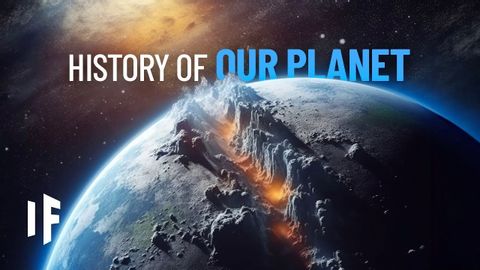10分でわかる地球の進化 (Earth's Evolution in 10 Minutes)
Mia Na が 2024 年 07 月 19 日 に投稿  この条件に一致する単語はありません
この条件に一致する単語はありませんUS /məˈtɪriəl/
・
UK /məˈtɪəriəl/
- n. (c./u.)衣料;原材料;原料
- adj.関連な,重要な;世俗的な : 物質的な : 物質でできた
US /ˈpɪriəd/
・
UK /ˈpɪəriəd/
- n. (c./u.)期間 : 時代;強調;終止符;生理;授業時間 : 時限
- v.i.重要な位置を占める
- n. (u.)物質
- n.事柄
エネルギーを使用
すべての単語を解除
発音・解説・フィルター機能を解除
